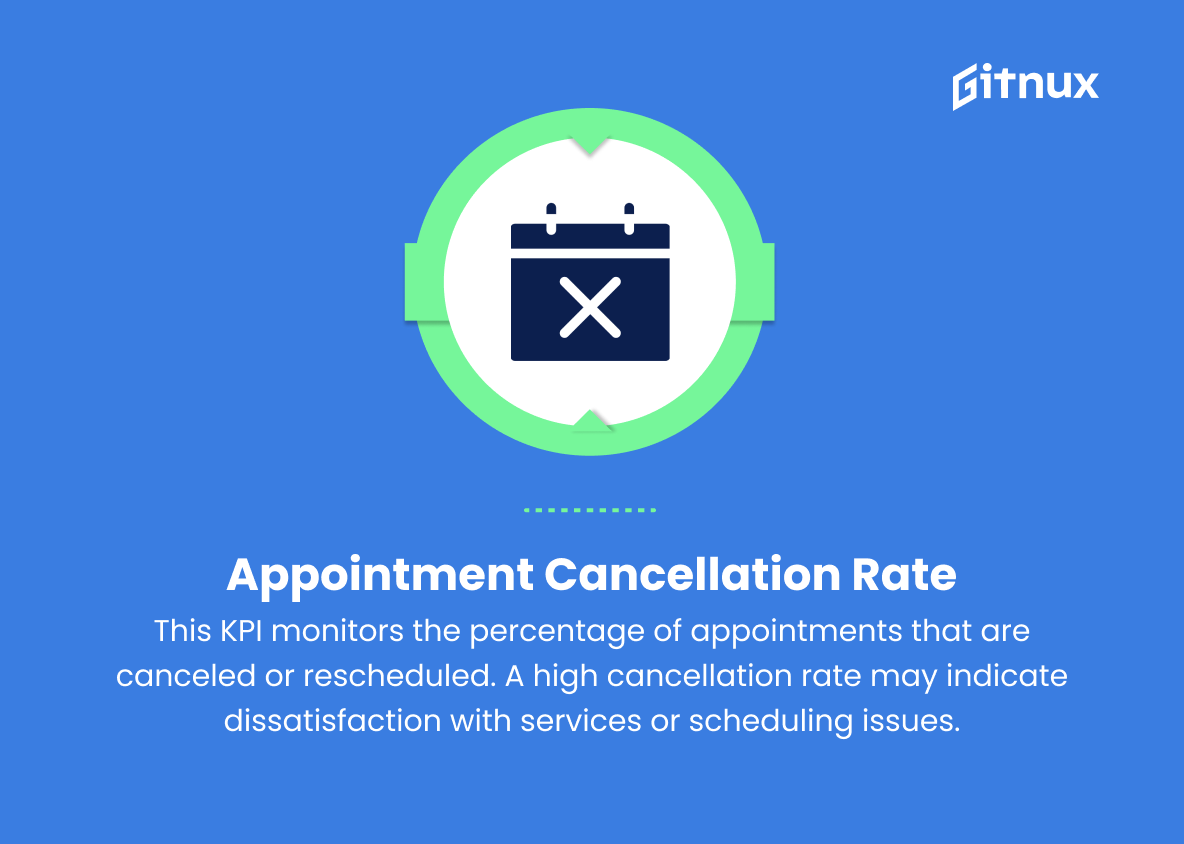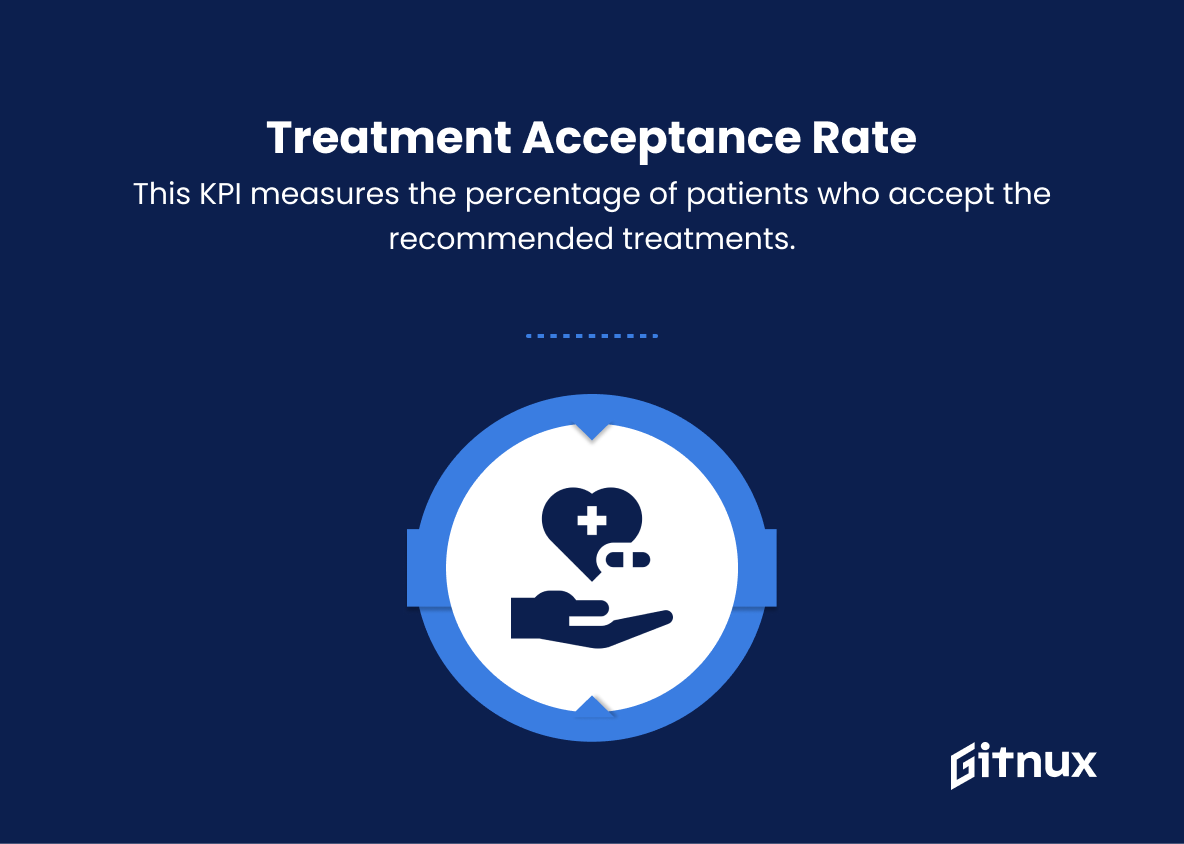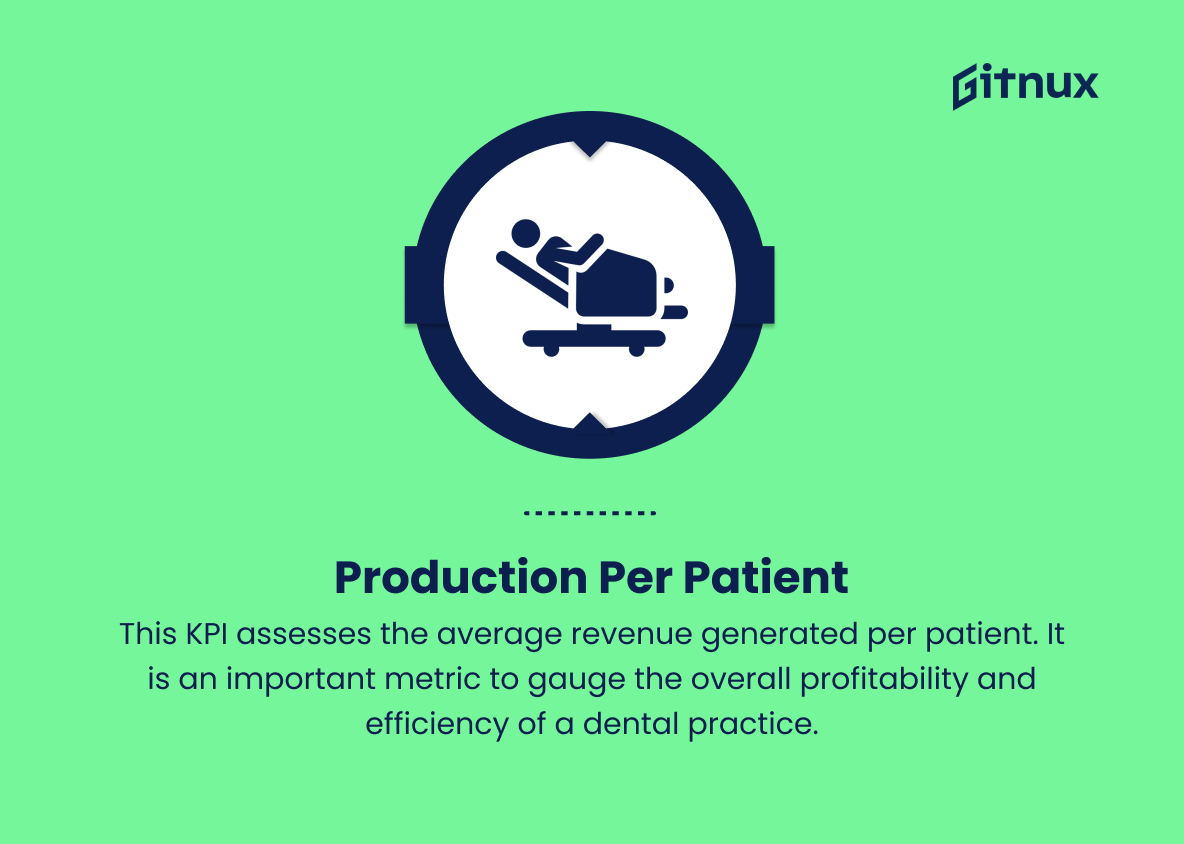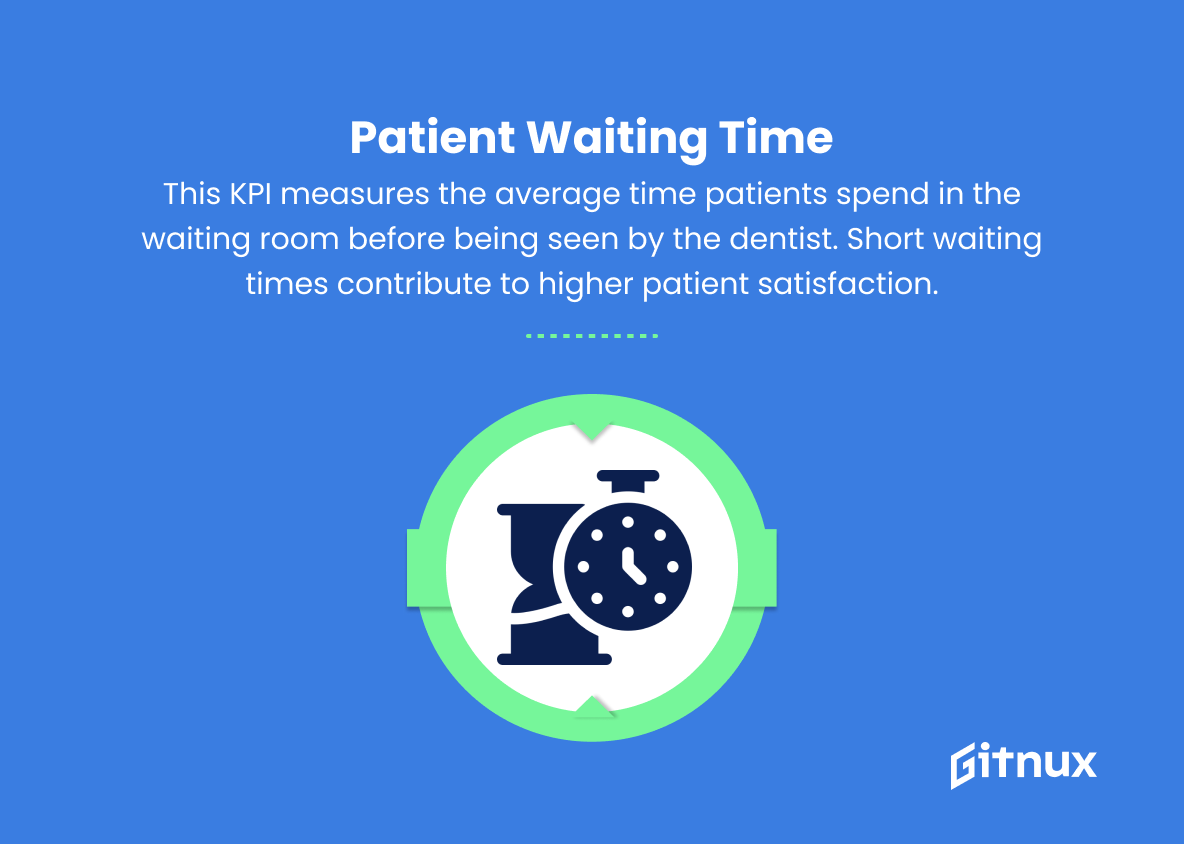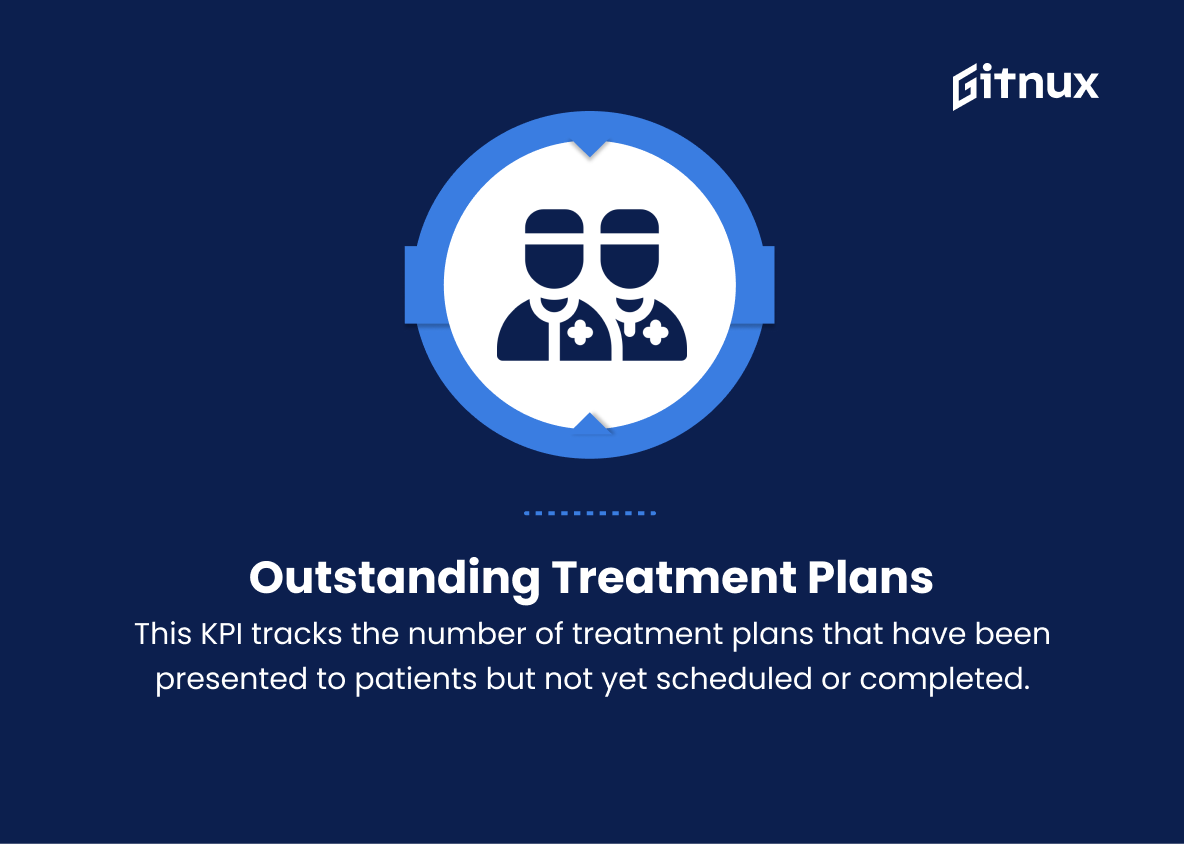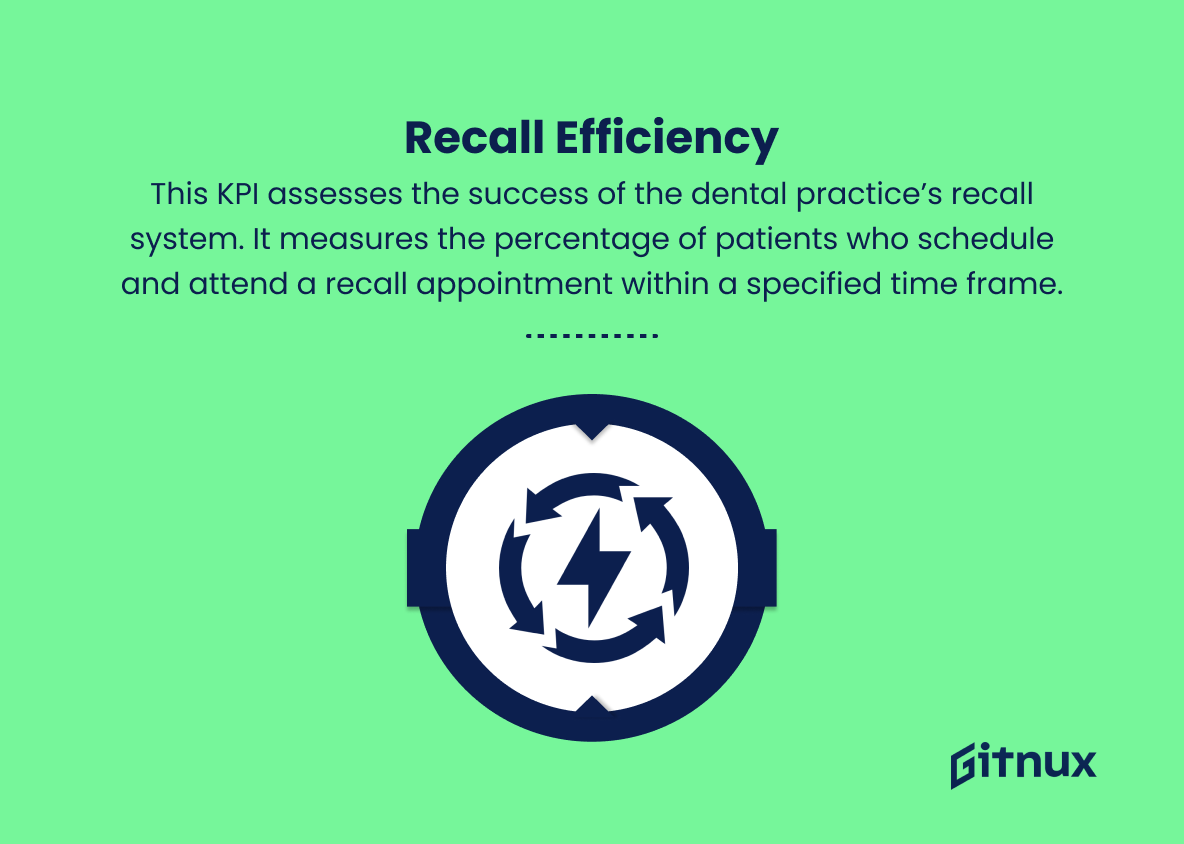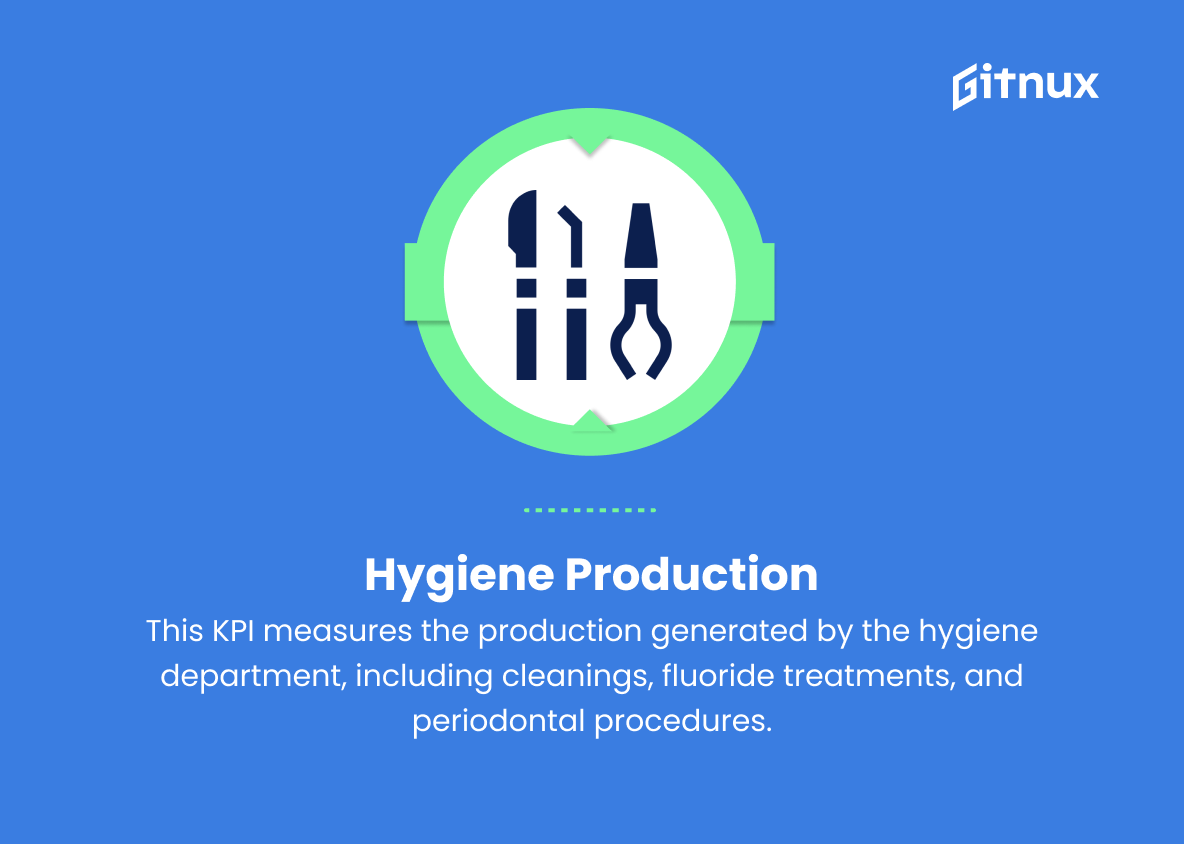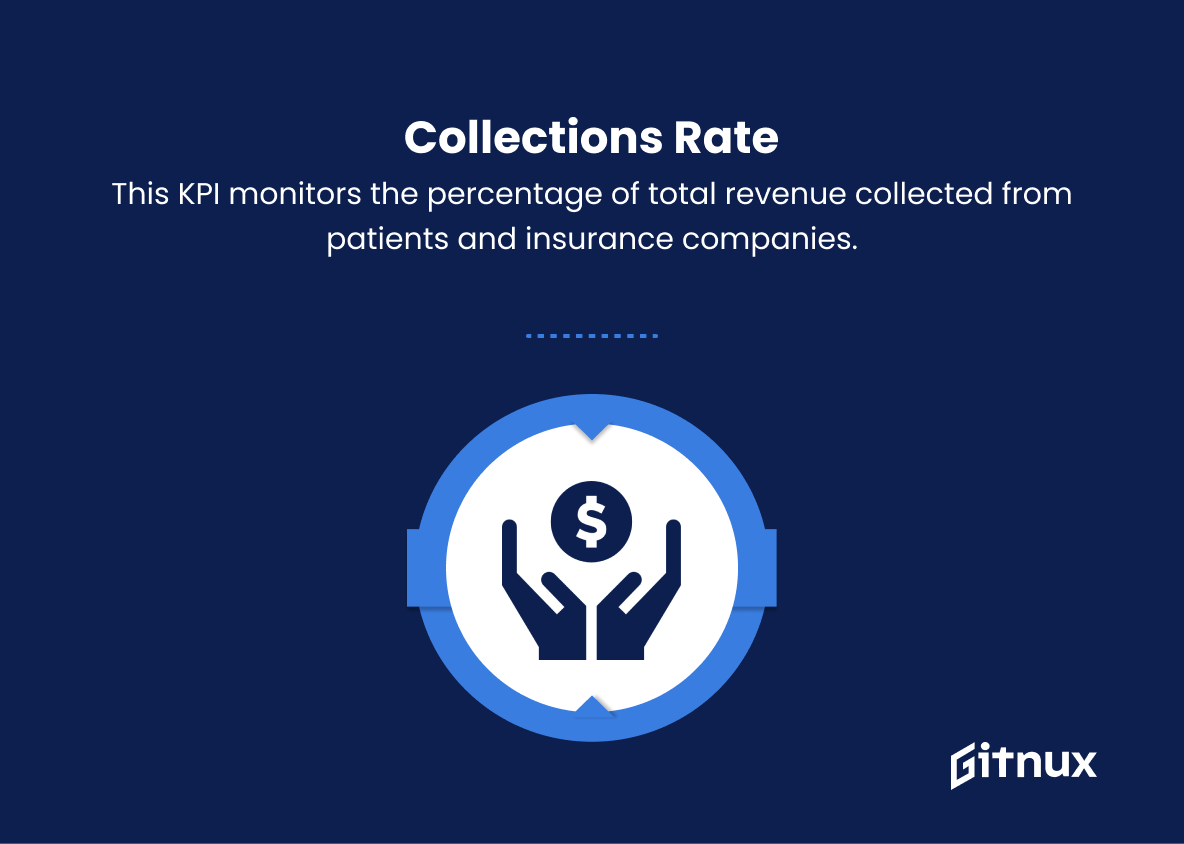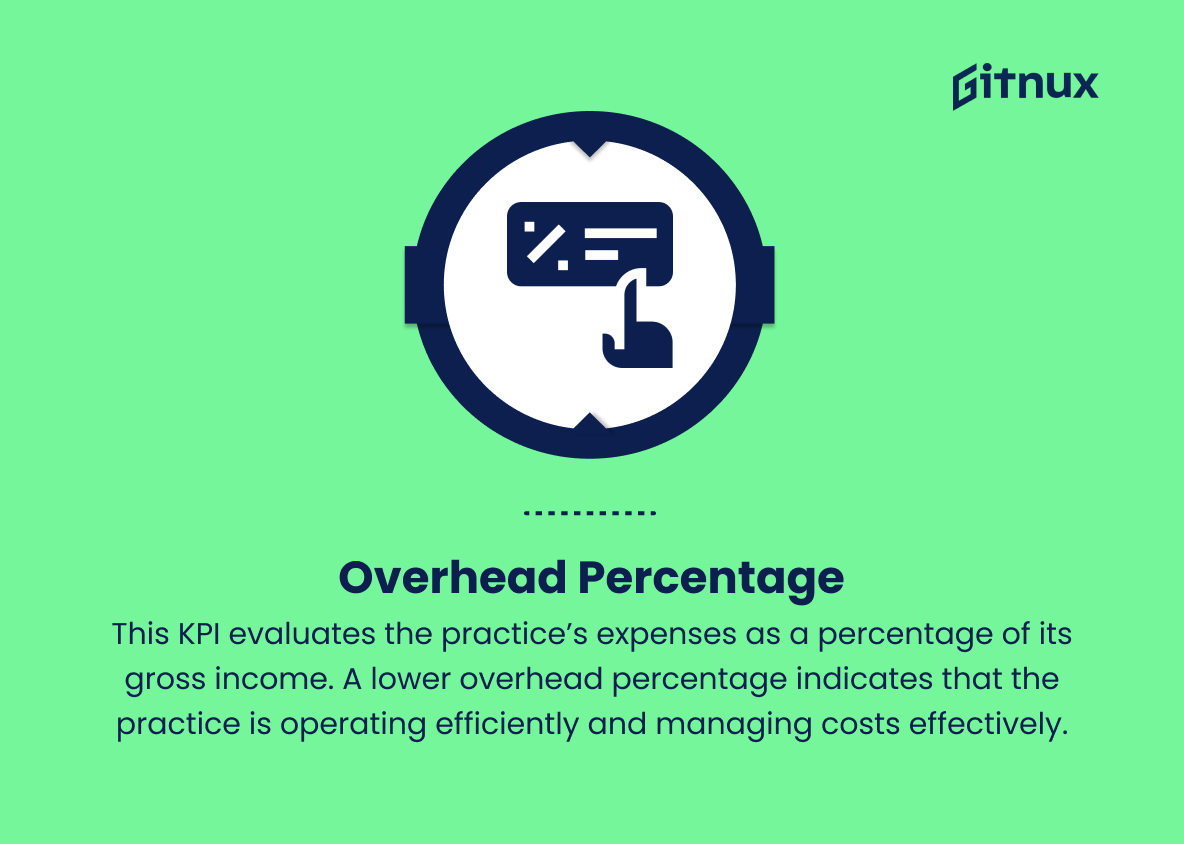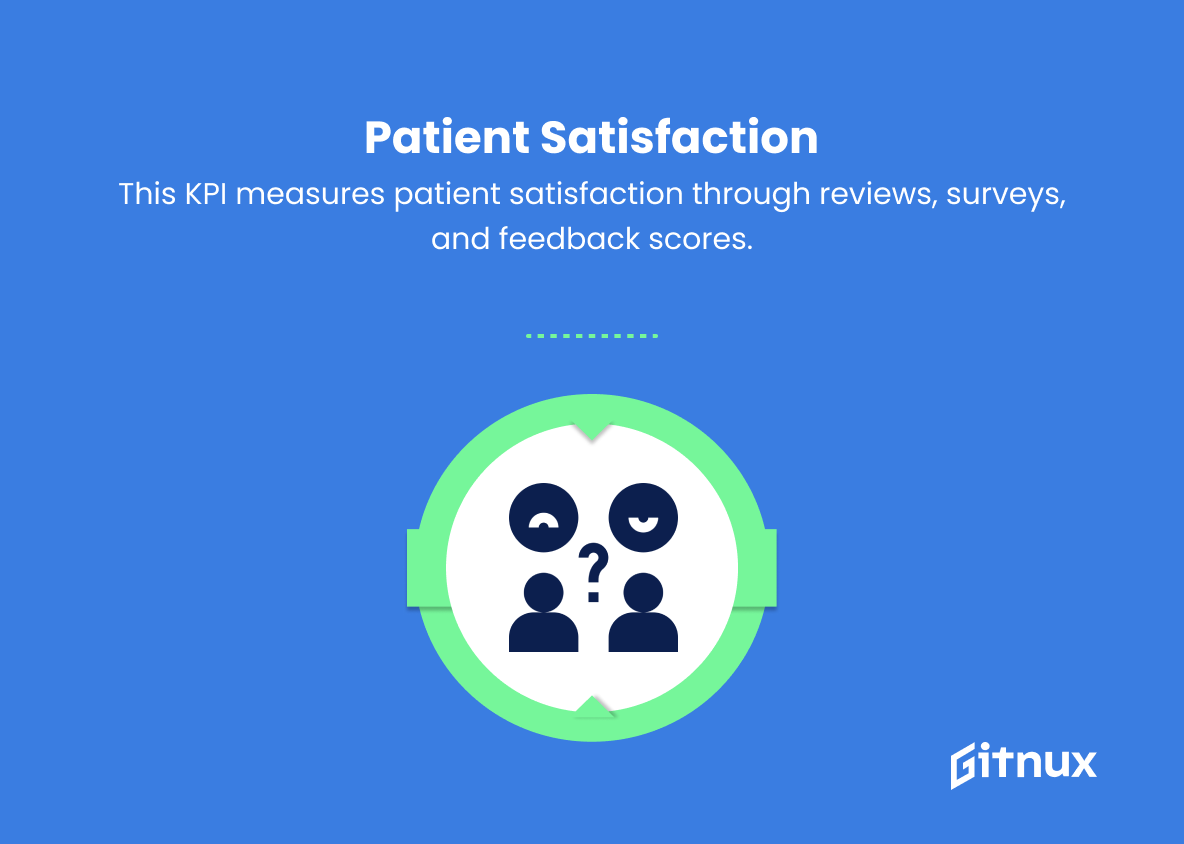In today’s competitive landscape, dental practitioners need more than just excellent clinical skills; they must also effectively manage and monitor their practice’s performance. One crucial aspect of this process is understanding and utilizing Key Performance Indicators (KPIs). Dental Practice KPIs provide quantifiable metrics that help practice owners and managers assess the health and efficiency of their business, identify areas of concern or success, and ultimately make informed decisions for growth and improvement. This blog post delves into the most critical Dental Practice KPIs, offering insights, tips, and actionable steps to optimize your practice’s performance and elevate patient care.
Dental Practice KPIs You Should Know
1. Patient Retention Rate: This KPI indicates the percentage of patients who continue visiting the same dental practice over time. A high retention rate means that the practice is successful in building long-lasting relationships with their patients.
2. New Patient Acquisition: This KPI measures the number of new patients acquired within a specific period. A higher rate indicates a successful marketing strategy and overall growth in the practice.
3. Appointment Cancellation Rate: This KPI monitors the percentage of appointments that are canceled or rescheduled. A high cancellation rate may indicate dissatisfaction with services or scheduling issues.
4. Treatment Acceptance Rate: This KPI measures the percentage of patients who accept the recommended treatments. A higher acceptance rate signifies that patients trust the dentist’s expertise and are willing to commit to the proposed treatment plan.
5. Production Per Patient: This KPI assesses the average revenue generated per patient. It is an important metric to gauge the overall profitability and efficiency of a dental practice.
6. Patient Waiting Time: This KPI measures the average time patients spend in the waiting room before being seen by the dentist. Short waiting times contribute to higher patient satisfaction.
7. Outstanding Treatment Plans: This KPI tracks the number of treatment plans that have been presented to patients but not yet scheduled or completed. It helps to identify opportunities for following up with patients and improving overall case acceptance.
8. Recall Efficiency: This KPI assesses the success of the dental practice’s recall system. It measures the percentage of patients who schedule and attend a recall appointment within a specified time frame.
9. Hygiene Production: This KPI measures the production generated by the hygiene department, including cleanings, fluoride treatments, and periodontal procedures. It gives insight into the overall performance of the hygiene team.
10. Collections Rate: This KPI monitors the percentage of total revenue collected from patients and insurance companies. A high collections rate demonstrates that the dental practice is efficiently managing its billing procedures.
11. Overhead Percentage: This KPI evaluates the practice’s expenses as a percentage of its gross income. A lower overhead percentage indicates that the practice is operating efficiently and managing costs effectively.
12. Patient Satisfaction: This KPI measures patient satisfaction through reviews, surveys, and feedback scores. A high level of patient satisfaction signifies quality care and good patient experiences, leading to word-of-mouth referrals and increased new patient acquisition.
Dental Practice KPIs Explained
Dental practice KPIs play a crucial role in assessing the overall success and efficiency of the practice. Patient retention rate helps evaluate the strength of patient relationships, while new patient acquisition reflects the effectiveness of marketing strategies. Appointment cancellation and treatment acceptance rates can indicate patient satisfaction and trust in the dentist’s expertise, whereas production per patient, hygiene production, and overhead percentage give insight into the practice’s profitability and cost management. Patient waiting time is a valuable contributor to overall patient satisfaction, and tracking outstanding treatment plans allows for better follow-up and case acceptance. Recall efficiency assesses the effectiveness of the practice’s recall system, while collections rate and patient satisfaction determine how well the dental practice manages billing procedures and fosters positive patient experiences. Overall, monitoring these KPIs ensures that the dental practice operates smoothly, providing comprehensive and satisfying care to its patients.
Conclusion
In conclusion, monitoring and understanding Dental Practice KPIs is essential to the success and growth of a dental clinic. These key performance indicators not only highlight areas for improvement but also showcase the achievements and progress a practice has made. By keeping a close eye on vital metrics such as patient retention, case acceptance, production levels, and financial performance, dental professionals can make data-driven decisions and ultimately, enhance the overall patient experience. Remember, focusing on the right KPIs can help to create a thriving dental practice that consistently delivers high quality care to its patients and maintains a strong financial foundation.


